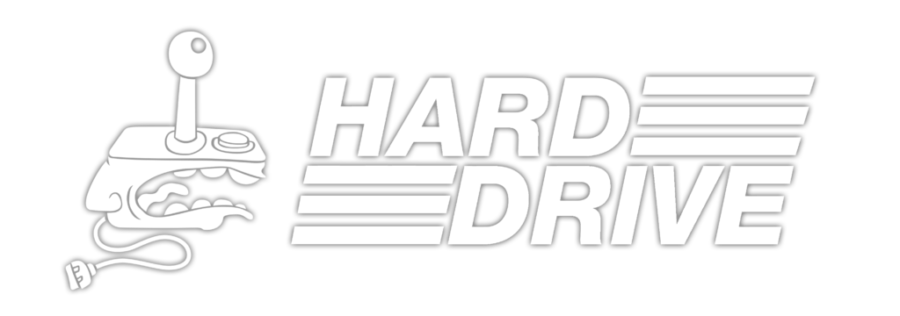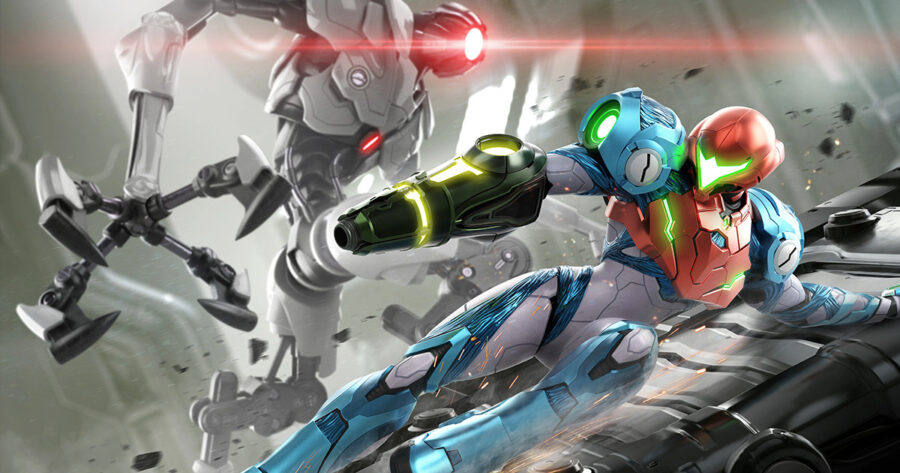It has now been 6 full years since Nintendo first announced Metroid Prime 4 at E3 in 2017. Yes, just months after the Switch launched, Nintendo promised us that we’d soon be playing a brand new Metroid Prime game on their hot new handheld hybrid. Since then, development has stopped, restarted, changed hands, and god knows whatever else since then.
So as we all sit with our thumbs up our asses only to find out that it’s probably coming out on the “Super Switch” or whatever, here’s all the mainline Metroid games ranked. Yes, your comment below the article saying “where’s Metroid Prime Pinball” is very funny, don’t worry, we’re all laughing.
#11 — Metroid: Other M
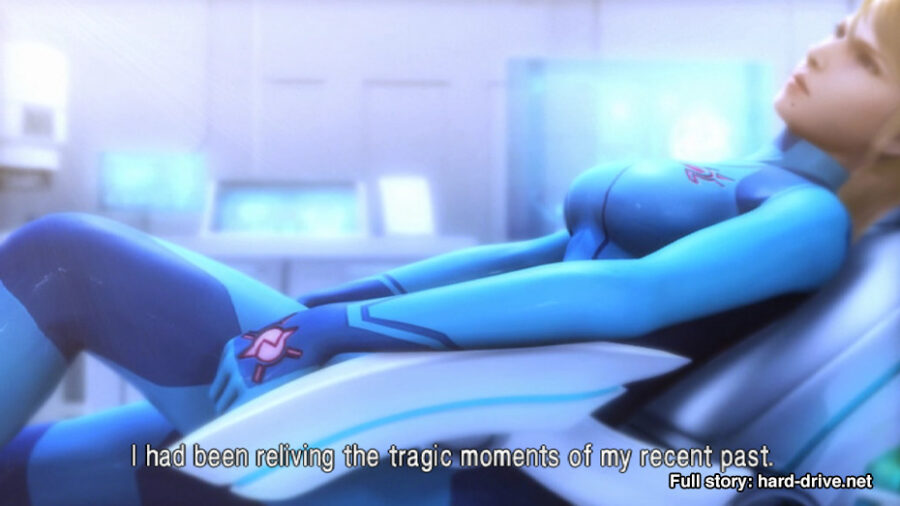
Fuck it, let’s just rip off the band-aid right now: this game is a mess. I don’t even know if it technically qualifies as a “mainline” Metroid game but there have been enough video essays and hot takes on it over the years that we can’t not include it here. It’s weird, it’s tonally all over the place, and features a lot of stilted and uncanny dialogue that shut up the fans who were begging for more voice acting in Nintendo games. Yeah, sometimes less is more, huh?
I didn’t hate this game when I first played it, but maybe that’s because it came out at the tail end of the Wii era where it was just nice to get a cool new game that wasn’t Waggle Party Carnival or something. The control scheme is weird for a 3D game, where you have to hold the Wii remote on its side horizontally, which I was never a big fan of because my middle finger would always be hovering over that B button on the bottom like a hair trigger.
Other M gives more backstory into the character of Samus that we had never seen before or quite frankly had ever even asked for. And reception was divisive, as her characterization at times made her seem a lot more helpless and dependent than we’re used to. The game isn’t without its cool moments of fan service however, but it’s an entry that most fans probably wouldn’t even include in a Metroid list, but hey, here you go anyway. Moving on.
#10 — Metroid II: Return of Samus
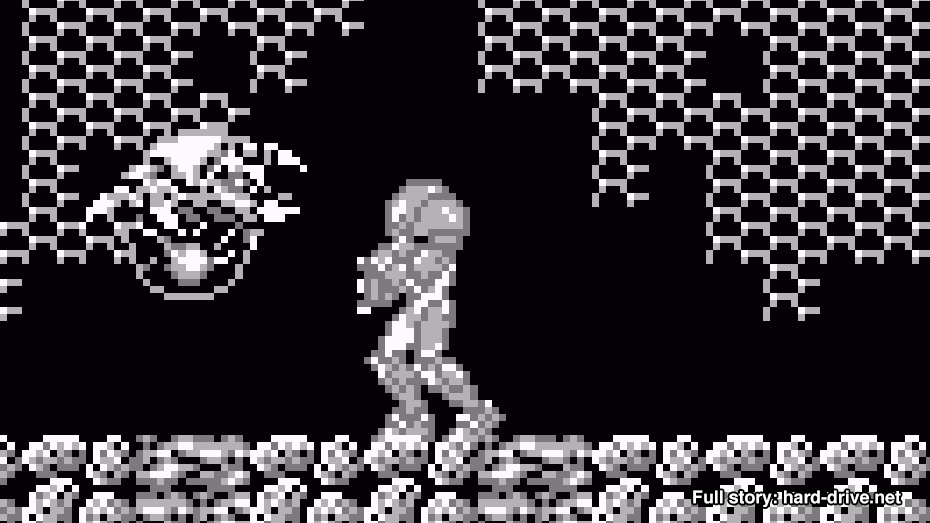
Typically you don’t often see a sequel to a console game release exclusively on a handheld, but that’s exactly what Metroid II: Return of Samus did. It’s a direct follow-up to the original Metroid on NES, but chronologically takes place after the Metroid Prime games, so the straightforward titling here of including a “2” in the name is actually pretty deceptive, huh?
Released prior to Pokemon, the Game Boy still had a bit of proving to do to justify its existence to consumers. Being a full blown sequel to a console game was definitely a big deal at the time, but its contents are not quite as sprawling as both its predecessor and successor. The game sees Samus visit the Metroid’s home planet of SR388, with only one objective in mind: mass genocide. Mario could never. Your goal is simply to kill every Metroid you can find, and the game even has a counter letting you know how many are left.
It’s a relatively straightforward game, but there’s a remake that improves upon it that we’ll discuss further down in the list. It’s worth checking out if you appreciate the refined charm that only the warm, green glow of a Game Boy screen can provide you.
#9 — Metroid Prime 2: Echoes
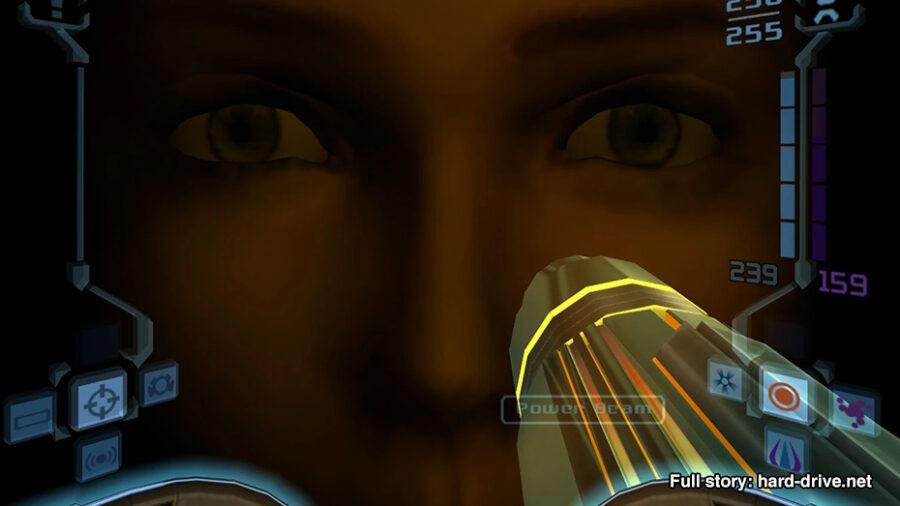
Metroid Prime was a big fuckin’ deal, huh? And it’s hard to follow up a big fuckin’ deal, so Metroid Prime 2: Echoes had some pretty big space jump boots to fill.
The game runs on the same engine as the original Metroid Prime, so it adds a new sort of gimmick to keep things interesting: the light world and the dark world. This game also gives birth to Dark Samus, who is only the second evil Samus clone we’ve come to know and love in the series so far. Everything is refreshingly dark and gritty, while still faithful to what makes Metroid Metroid. That being said, the tacked on multiplayer mode feels entirely out of place and was no doubt a producer note to make the series relevant in the wake of the wildly popular Halo franchise, which it had been unfairly compared to for so long. The radio silence surrounding a Metroid Prime 2: Echoes competitive scene is deafening.
The plot is once again told through scan points and atmospheric storytelling, but honestly the real highlight here is getting to use screw attack in a 3D space for the first time ever. Metroid Prime 2: Echoes‘ biggest fault is being a sequel to Metroid Prime, one of the most influential games to release that decade. If this was released today, there would no doubt be fan outcry calling it full price DLC.
#8 — Metroid

Ah yes, the game that introduced the world to our favorite ball rolling, orange suit clad hero: Samus Aran. Exploring the labyrinthine passageways and tunnels of planet Zebes was a technological marvel for the time, but if you haven’t played the original version, did you know it had no goddamn map? It’s nearly impossible to imagine playing a Metroid, a Vania, or a Metroidvania of any kind with no map. Maybe there was one in the instruction manual, I don’t know, but you better hope you didn’t throw it away with the box.
Thankfully they rectified this problem in later sequels, and in its eventual remake for the Game Boy Advance, but the game is still nothing short of iconic. The characters, bosses, and music are still used in the series to this day and are some of the most beloved and recognizable entries in video games bar none.
It may be a little rough to go back to this one, but if you’re brave enough and have a good enough sense of direction, it’s worth it. After all, it featured one of the biggest plot twists in gaming history, and one that had been used in romantic comedies for years already: “Dude, she’s a… chick?!”
#7 — Metroid: Samus Returns
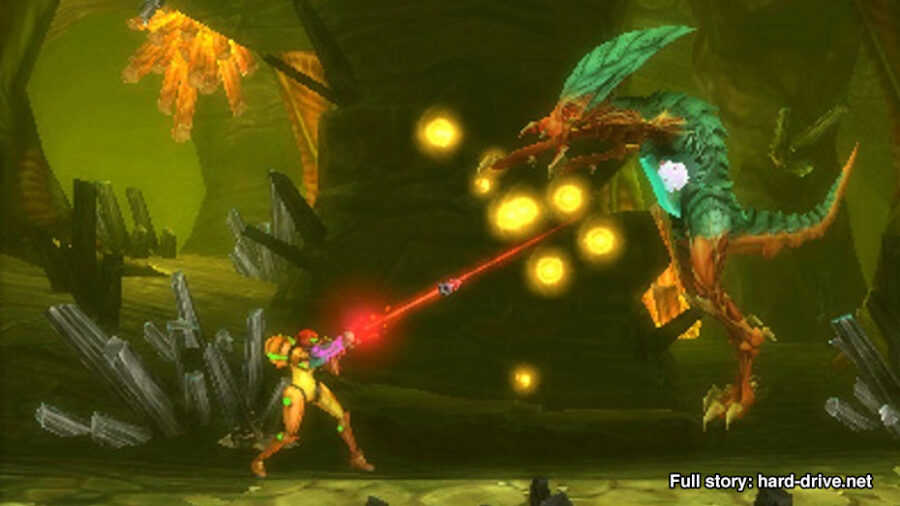
You can tell this is a remake of the Game Boy’s Metroid II: Return of Samus because they jumbled the words around. That’s what remakes do best: keeping things familiar, yet different.
Metroid: Samus Returns released on the 3DS months after the launch of the Nintendo Switch, so a lot of people completely overlooked it. It’s a sidescroller that uses 3D graphics, so some people will refer to it as “2.5D” which is kind of stupid when you think about it. The graphics are 3D, the game is a side scroller. Let’s not split hairs here.
It features the same general plot as the game that it’s a remake of, while including some pretty meaty endgame content as well as refined modern gameplay, including melee attacks and counters. And let me tell you, nothing feels quite as good as pistol whipping a giant bat with your arm cannon.
#6 — Metroid Prime 3: Corruption
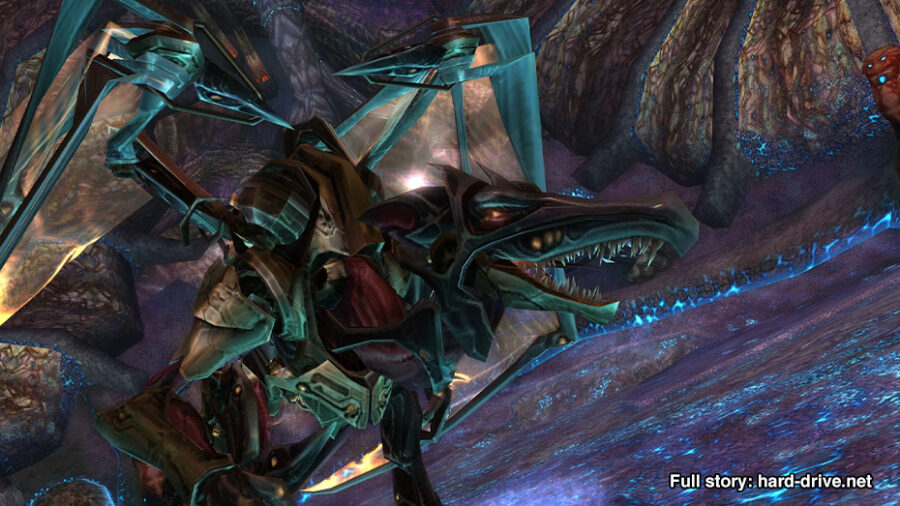
Move over Waggle Party Carnival, Metroid Prime 3: Corruption is here to kick some serious ass on the Wii. It’s a showdown between Dark Samus and Regular Samus in this thrilling “conclusion” to the Prime trilogy, that is until they let us fucking see what Metroid Prime 4 looks like already. Your move, Retro.
The game is filled with colorful, varied biomes and characters, some of which return from the spin-off title Metroid Prime Hunters on DS, which I thought about including on here but didn’t. Oh well! Matter of fact, there are a lot more cutscenes, dialogue, and tertiary characters than we’re used to in the usual lonely, isolated worlds of Metroid games, but it’s honestly a welcome change of pace. It doesn’t stray too far though, retaining the Prime series’ storytelling staples of scan points and in-game lore dumps to go alongside the exciting plot happening right in front of your visor.
Metroid Prime 3: Corruption was definitely pushing the Wii to its limits. It’s one of those games you look back on it and think, “man how did they fit all this on here?” You can fast travel between different planets and even decorate the inside of your ship with a Paper Mario bumper sticker. Crazy!
#5 — Metroid Fusion
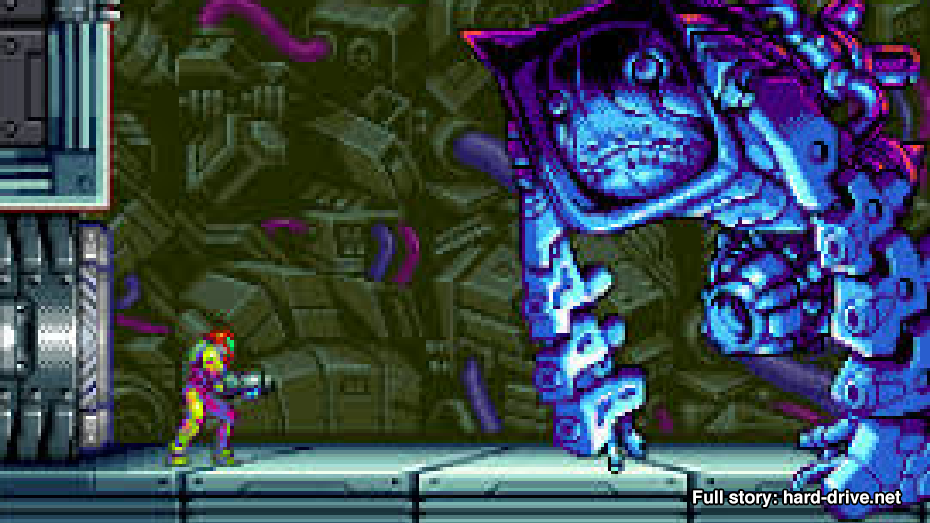
The game basically opens with Samus getting into a freak car accident and having to take a vaccine— I can see why people consider this game to be horror!
As a result of the vaccine, which includes Metroid DNA for whatever reason, Samus now becomes part Metroid, officially justifying the “Metroid” moniker in the game title. Oh thank god! And for the fusion part of things, not only is Samus now two different organisms, but enemies can fuse together as well, creating a unique challenge not seen before in the series.
Some fans will lament the game’s linear structure, which sees Samus going from one section of a space station to another, with some light-to-heavy hand holding from a computer named “Adam”. It’s not enough to break the immersion in my opinion, and it helps to build tension between the horrifying monstrosity hunting down Samus, born from her genes and known only as SA-X. These sections actually feel particularly horrifying. The game teaches you to run and hide without making a sound once you hear the clanging metallic boots of your evil clone approaching ever closer.
Metroid Fusion borrows a lot from Super Metroid in its graphics and control scheme, and takes place directly after the events of that game. And that alone is enough to put it pretty high up on here.
#4 — Metroid Dread
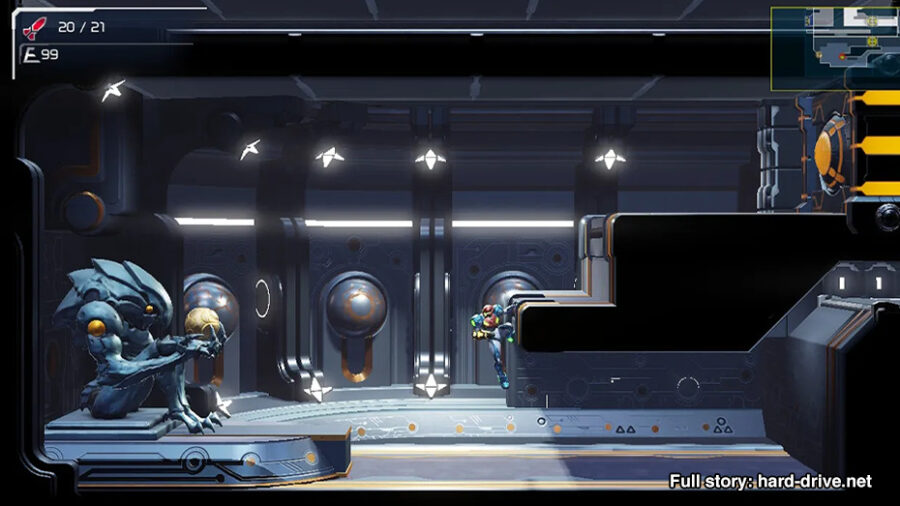
After years of delays while waiting for Metroid Prime 4, Nintendo gave us what was quite possibly the greatest consolation prize of all time: Metroid Dread.
Dread is a good old fashioned “return to form.” Aside from remakes, this was the first brand new side-scrolling Metroid game to be released in nearly 20 years. And with it, a few new tricks up Samus’ sleeve. Or arm cannon, whatever. Counters and melee attacks are back from Metroid: Samus Returns, the horror elements from Metroid Fusion are expanded upon tenfold, and the game’s challenge level has been considerably upped this time around. Some bosses are absolutely hard as nails, making victory a truly well-earned badge of honor.
This game really made me appreciate the running plotline going through the entire Metroid series, and honestly made me forget all about Metroid Prime 4 for a while. If this is what we end up getting instead, that would be completely fine with me, but a promise is a promise, Nintendo. Make good and release the damn game already.
#3 — Metroid Prime

The Metroid series was notably absent on the Nintendo 64, even though the console had its fair share of FPS classics and transitioned so many of Nintendo’s heavy hitters into 3D juggernauts. It ended up being a wise decision in the end to wait for 3D technology to advance a bit more, because once the GameCube hit, Nintendo delivered on 3D Metroid in a big way.
Metroid Prime takes all of the hallmark staples of the series and implements them into a 3D space with as much grace as Michelle Kwan winning an olympic medal. It sets itself apart from other games in the FPS genre with all the adventure and exploration elements that we’ve come to know and love from Samus over time.
Revisiting the HD remaster on Switch reminded me of how amazing this game was for its time, and still is. It’s aged with more grace than Michelle Kwan trying to… I don’t know, what is Michelle Kwan up to now? Anyway the game’s great, and has me more excited than ever to play Metroid Prime 4… if I had a copy!
#2 — Metroid Zero Mission
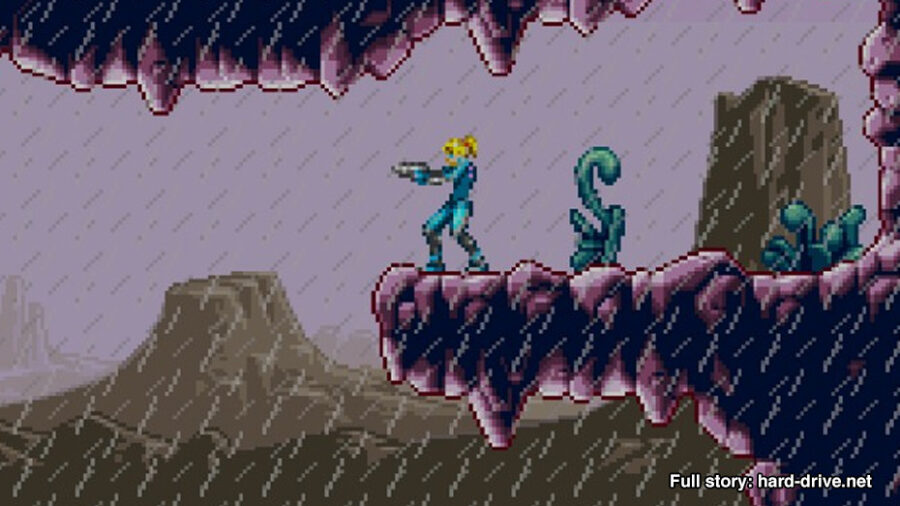
This has to be one of the greatest examples of a video game remake ever. I thought about not including remakes on this list, but not mentioning Metroid Zero Mission would be a crime in and of itself, and I don’t think I’d be able to sleep at night if I didn’t.
Any of the aforementioned issues with the original Metroid on NES are fixed here. The graphics and artstyle are more in line with later entries in the series, the music is fresh, and my god, it has a map. A fucking map! We can finally explore planet Zebes without wondering why we’re back in the same gray hallway again.
The origin point of the Metroid series and Samus’ story in general is treated with such finesse and care here, and is one of the best games on the Game Boy Advance period. There are even attempts at pixel art cutscenes to go along with the airtight gameplay, and there’s a good chunk of brand new content in the endgame, which introduces us to the iconic ‘Zero Suit’ Samus. You know I tried to beat this game as fast as I could as a 12 year old so I could see that exclusive artwork at the end.
#1 — Super Metroid
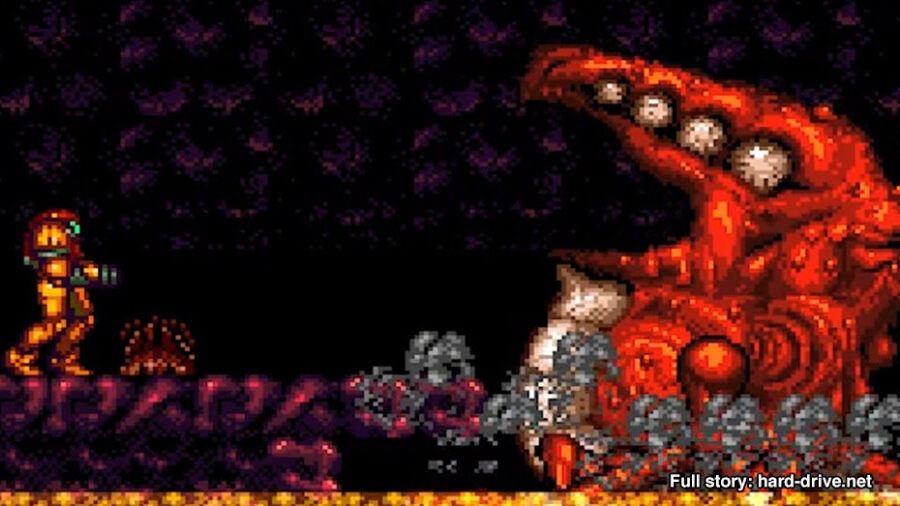
Arguably the game where Metroid really hit its peak, and what gave birth to the clumsily named genre known only as Metroidvania.
There’s nothing quite like the progression loop in Super Metroid, even compared to later games in the series. Crash landing back on planet Zebes with your powers stripped away, only to get them back one by one, is a system perfected on display here in this game. Getting lost is never a chore, and you’ll always stumble upon things that will aid you on your way. Returning to an area or corridor you were in before, much more powerful now than ever, makes you feel like an absolute badass. The 16-bit graphics, artstyle, and chiptunes make the game feel truly alive in a way that many others of its time could only hope to achieve.
Many fans have wondered if we’ll ever get a remake of this game in the same way that the first two games did, but the argument that many have against it is: it’s already perfect! If it ain’t broke don’t fix it, etc. etc., but hey that’s never stopped Nintendo before and I certainly wouldn’t say no. But not until you finish Metroid Prime 4, guys, I’m serious. We really want to play it.
